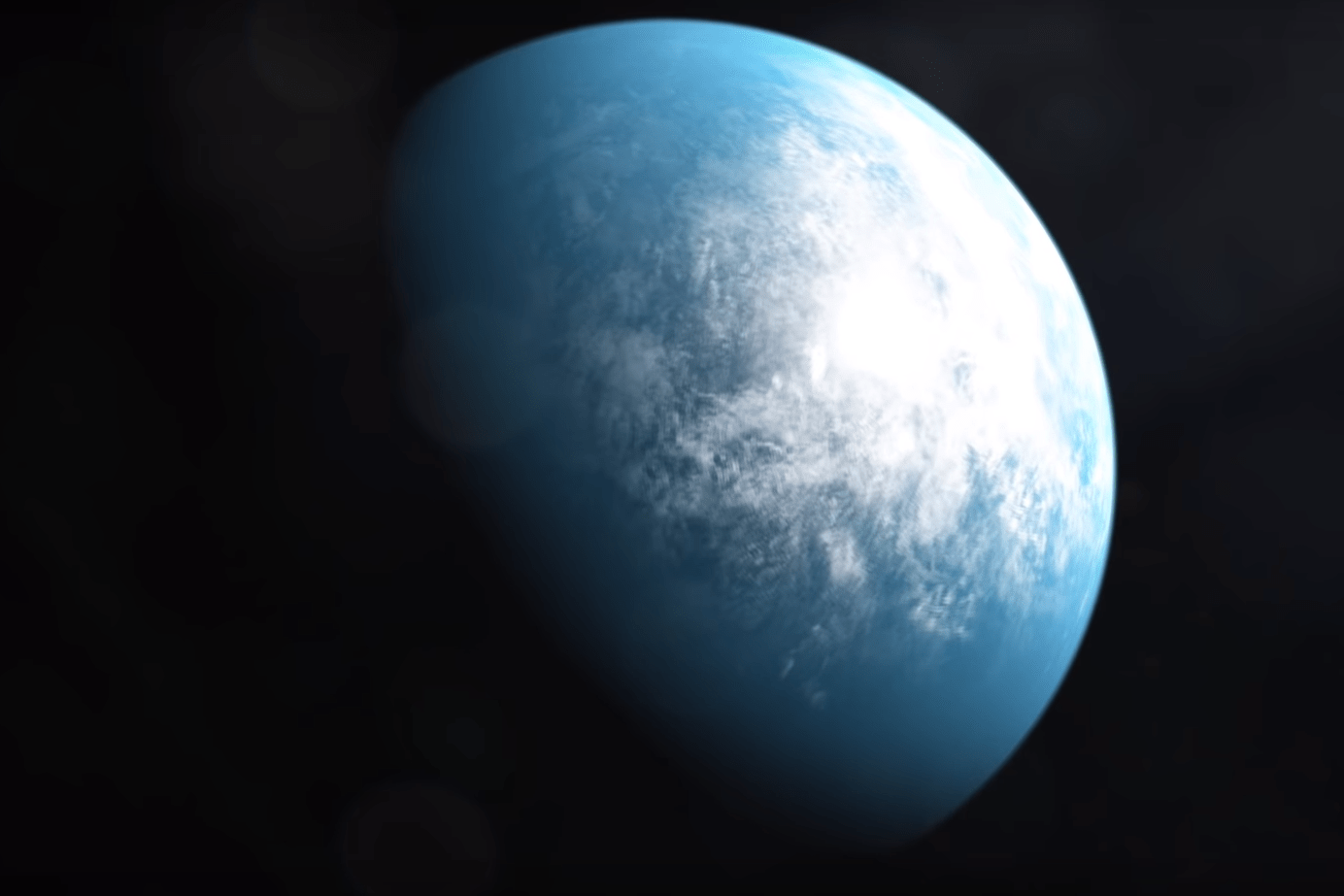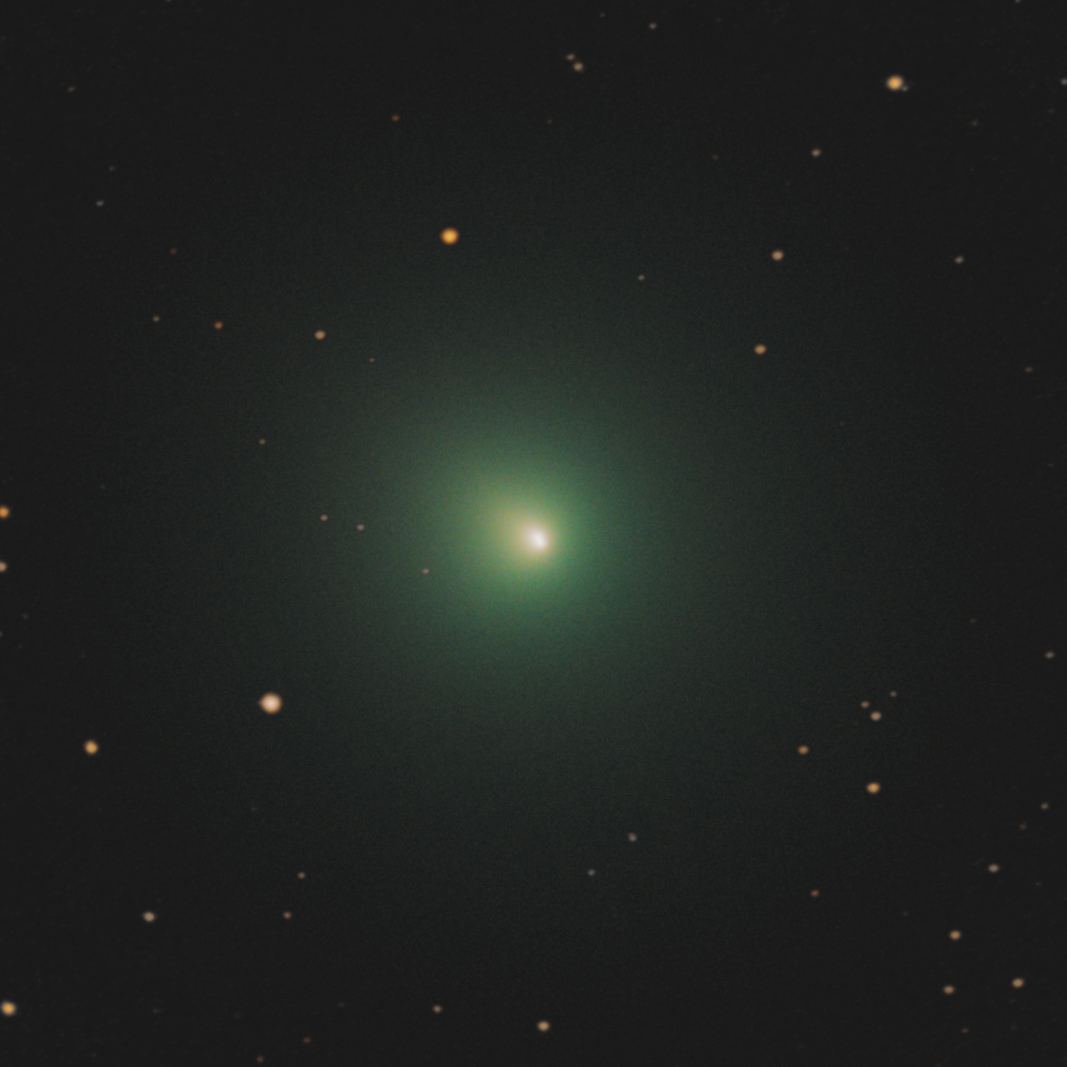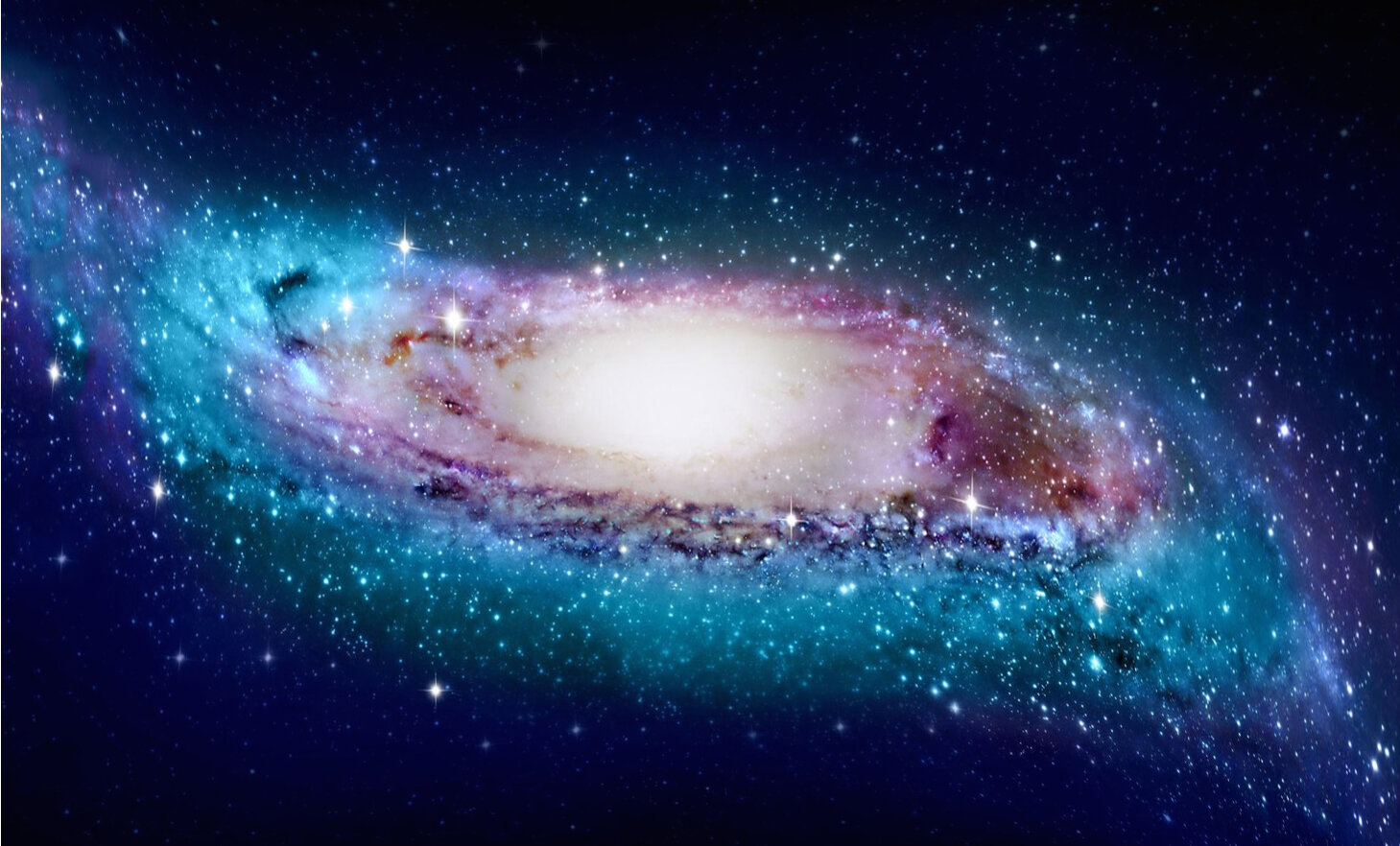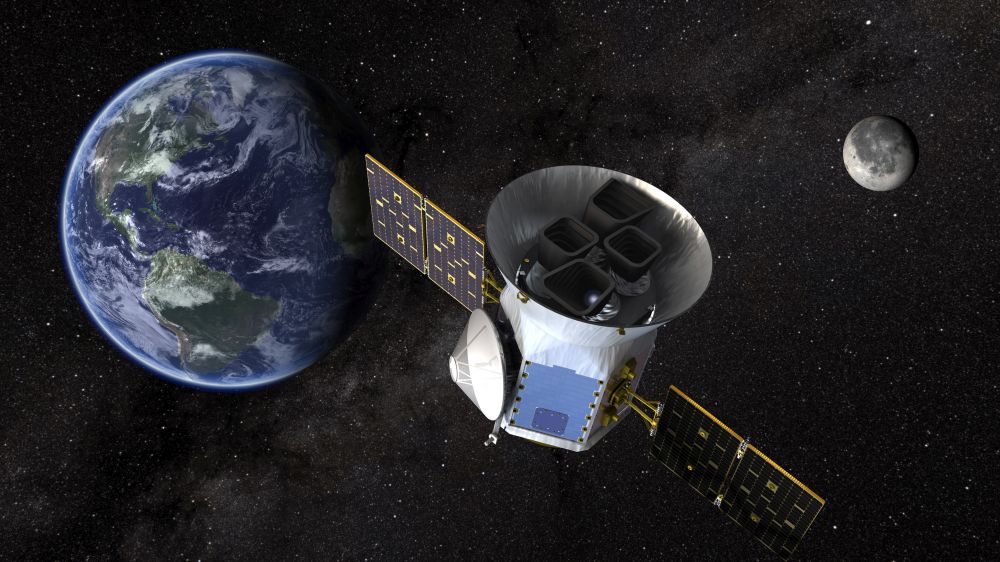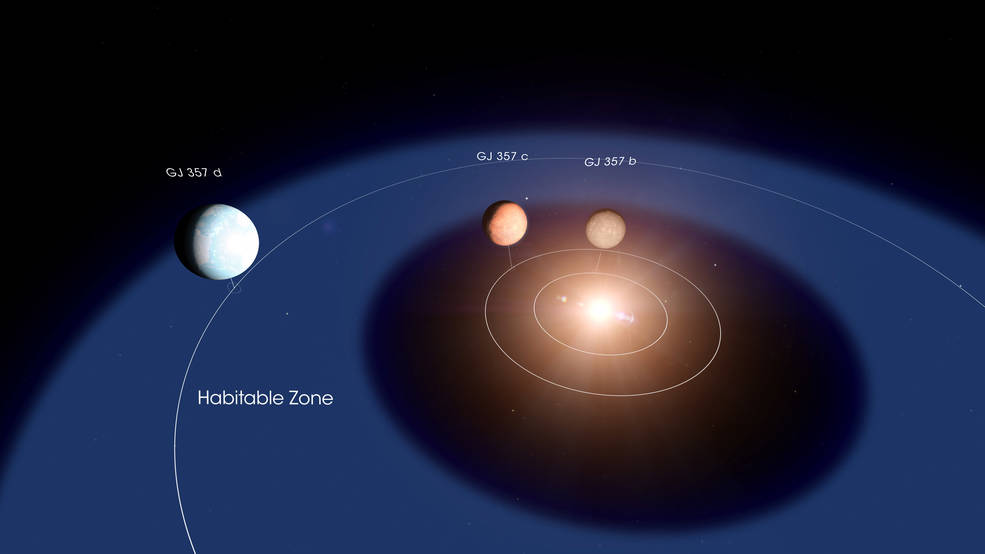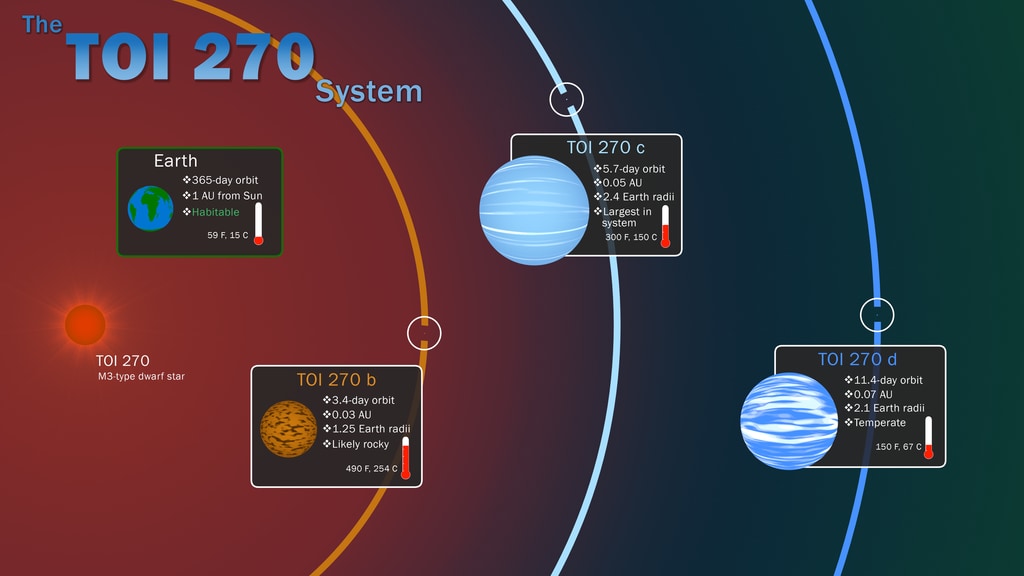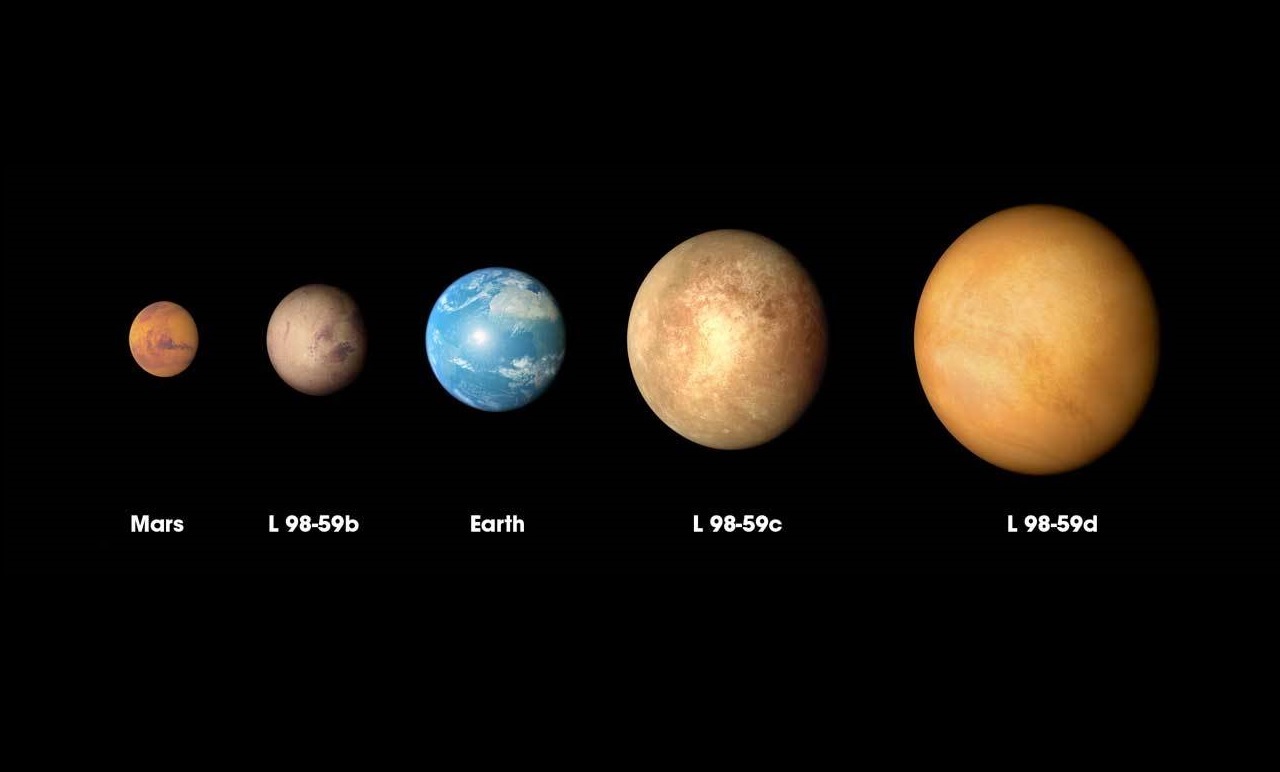NASA’s TESS (Transiting Exoplanet Survey Satellite) has found its first Earth-sized planet located in the habitable zone of its host star. The find was confirmed with the Spitzer Space Telescope. This planet is one of only a few Earth-sized worlds ever found in a habitable zone.
Continue reading “TESS Finds its First Earth-Sized World in the Habitable Zone of a Star”TESS Finds its First Earth-Sized World in the Habitable Zone of a Star
